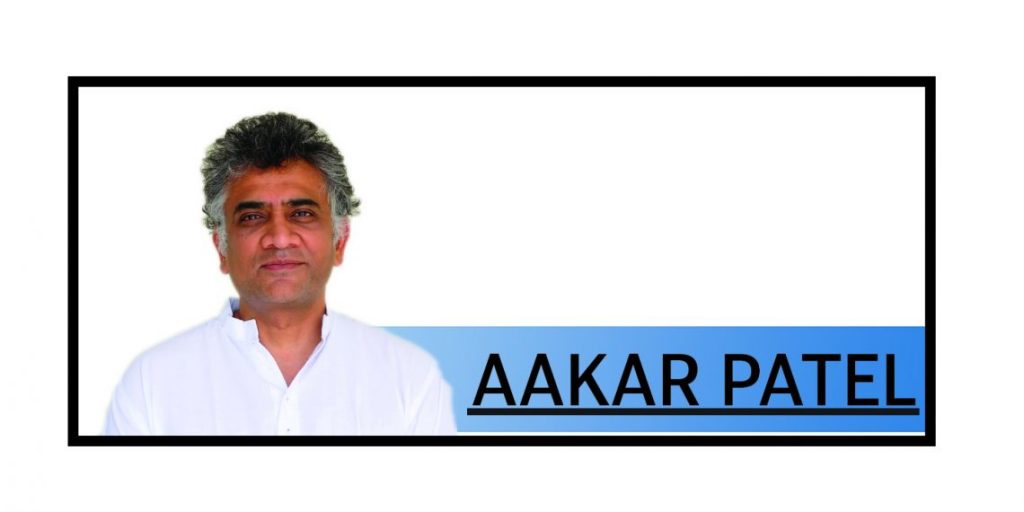The world’s largest economy is the United States, which has a GDP of $26 trillion. Then comes China with $19 trillion. Third is Japan ($4.4 trillion), Germany fourth ($4.3 billion) and fifth is India ($3.7 trillion).
During last month’s Vibrant Gujarat summit, the prime minister said India’s economy would be third largest during his third term, meaning from 2024 to 2029. He gave a ‘Modi guarantee’ that this would happen.
In May, the Hindu Businessline carried this headline: ‘Per capita GDP for Bangladesh higher than India till 2022’. The report said Bangladesh had overtaken India in per person GDP in 2019. Both of these things are true: India will likely become the third largest economy soon and India has fallen behind Bangladesh in per person GDP. What is important depends on how one looks at it.
What does it mean if this target of third largest economy is achieved? Germany has a population of eight crore, ours is 140 crore. At the point when we become equal and overtake them, it will mean it takes 17 Indians to produce the same amount of GDP output as one German. The average Indian will still be poorer than the average Bangladeshi.
Let us look at another story that examines the same idea of ‘India winning’ but Indians losing. Angered by the accusation that it had assassinated a Canadian citizen, the Indian government has asked Canada to remove 41 of its diplomats from India. We have 21 diplomats in Canada while Canada has 62. Hence the extra 41 need to be withdrawn. These diplomats have begun to leave now. What does their leaving mean? It means India will establish parity with Canada and India will have won. Who will be affected by the leaving of the diplomats? Indians.
India is currently the top source of foreign students in Canada, with 230,000 Indian students studying in Canadian institutions. With fewer diplomats here it will be harder for them to get visas and visa extensions. In 2022, Canada issued 1.85 lakh student visas to Indians.
Apart from students, 5.84 lakh other Indians also travelled to Canada in 2022. Compared to that, each year about 3.5 lakh Canadians come here. Presumably most of them are also of Indian origin. There was a reason why Canada required more diplomats here but that does not matter to us because we have put our nation first, ahead of Indians.
The idea that the ‘nation’ should be put first, ahead of people, is stressed by the RSS and Jana Sangh leader Deendayal Upadhayaya in his four lectures, collectively published as ‘Integral Humanism’.
He wants India to be great but offers no details about how it will become great. Shouting ‘Bharat Mata ki jai’ (victory to Mother India) in unison appears to be the one action that he wants us to take. He ends the lectures with this exhortation. What will shouting the slogan achieve? What does this victory look like and how will we know when India has won? Such questions are not answered in Integral Humanism. Indeed, they are not even asked.
One can sense a burning passion felt by Upadhyaya as well as the Hindutva supporters of today and it is true that many of them are driven and often motivated. But towards what? What is Integral Humanism, which the BJP describes as its ‘basic philosophy’, ultimately meant to achieve? This is unclear from his writing or from the manifestoes of his Jana Sangh which talk about things like ‘national rejuvenation yagna’.
India’s problems are material. What is underdeveloped in India is not religion and spiritualism — we may even be considered world leaders in such things — it is the economy and the rule of law. The wellbeing of nations is measurable because it is the well-being of its people. It lies in the rates of infant mortality and in gender ratios, in the human development index and in per capita GDP and median incomes, in Nobel Prizes awarded, in scientific inventions and philanthropic contributions. There is no road map in Integral Humanism to getting India there. Nor is there even the expression of a desire to get there.
All of what could be seen as measurable progress of the nation is either incidental or irrelevant in his writing. Upadhyaya’s interest is in the abstract entity. Upadhyaya’s India is not a real nation with people and faiths and sects and states and languages and dietary preferences and music and dissent and disputes. It is a construct. Bharat Mata is an anthropomorphic image of geographical lines, an imagined map, an idea. Guru Golwalkar, the other Sangh influencer, defined India as including Tibet because it was the abode of the gods and the Hindu epics also give Hindus possession of Afghanistan, Burma, Iran and Lanka. Bharat Mata, he said, for thousands of years, had dipped her arms in the two seas, from Iran to Singapore, with Sri Lanka as a lotus petal offered at her sacred feet.
What is desired to be made great is this abstraction. The actual people and cultures it contains today are useful only in so far as they help in achieving this undefined greatness. And India being poised to go ahead of Germany is to be boasted about while Indians falling behind Bangladeshis can safely be ignored.

